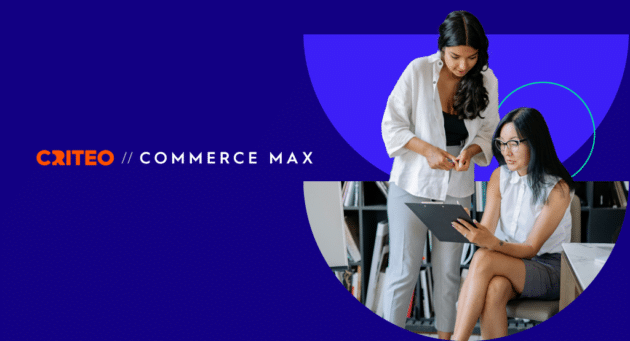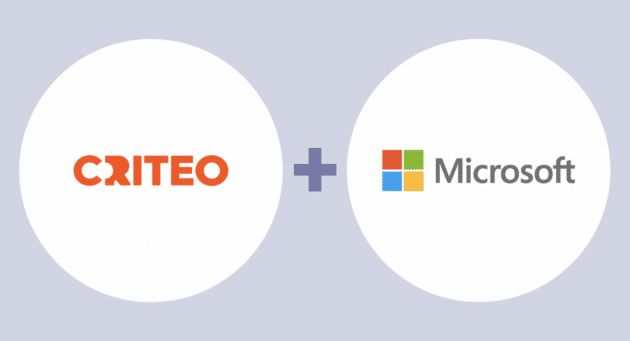At Criteo, protecting our advertisers and publishers from invalid traffic on the open web has always been a paramount priority. To address the ever-changing threat landscape around traffic quality and inventory quality, Criteo has made significant investments in ensuring that the quality of our inventory and traffic quality remain as high as possible. In this blog, I hope to give you a little bit more insights on how we protect our ecosystem from invalid traffic and how we can support you.
What is Invalid Traffic?
When we speak with clients, there is generally a lot of confusion in their minds about what constitutes invalid traffic. They often read or hear the term “ad fraud” to define poor quality traffic, but don’t have a clear idea of how to define invalid traffic. At Criteo, our definition of invalid traffic is any traffic is that not human traffic with a genuine potential interest in our ads.
Additionally, while no category of invalid traffic should ever be billed to clients, it helps to know that:
1. Not all invalid traffic is “fraudulent”:
While traffic generated from malicious activity is indeed a part of invalid traffic, not all invalid traffic is maliciously generated to defraud advertisers’ campaign budgets or generate illicit gains for a rogue publisher. The first source of invalid traffic comes from automated bots that may very well have a legitimate purpose (such as audit bots, trademark infringement detection bots, ad quality bots, etc) and do not have any malicious intent.
2. Some invalid traffic is because of integration or misreporting issues:
The second main cause of invalid traffic is generally due to a technical integration issue from a SSP, a publisher or a logging issue of some sort. These issues impact metrics used to measure the performance of a campaign and could be misinterpreted as invalid traffic.
Our Approach to Combatting Invalid Traffic
A world-class invalid traffic detection engine.
At Criteo, our invalid traffic detection system receives 341 billion bid requests and 3.8 billion displays per day that need to be scored and evaluated in near real-time. It integrates all of the industry blacklists, such as IAB and TAG, a flexible real-time rule engine that allows us to deploy rules very rapidly to production and an offline rule engine where more sophisticated Machine Learning algorithms and rules can be leveraged. The sheer number of bid requests our engine receives by the day means it could be considered one of the world’s largest invalid traffic detection engines built to date.
Rigid policies to control the quality of our inventory.
Managing effectively the traffic quality on an ad platform means having first and foremost clear and strict policies in place to ensure that the quality of the inventory in our marketplace remains clear of any quality issue. Criteo has defined clear guidelines to ensure our partners remain in full compliance and continuously monitors our inventory for possible infringements. In the event, anyone is not in compliance, we take swift action and evaluate our relationship with them.
Compliance to industry highest standards.
Since 2018, Criteo has obtained triple TAG certifications which attests to the quality of our efforts to combat invalid traffic:
- Certified Against Fraud (CAF)
- Inventory Quality Guidelines
- Certified Against Piracy
In the case of our TAG Certified Against Fraud (CAF) and Inventory Quality Guidelines, unlike many companies out there, we chose to take the additional step of being audited by a third-party auditor, BPA Worldwide, to ensure our certifications remain undeniably independent.
Participation in industry committees.
We believe that cleaning the advertising ecosystem of any invalid traffic should be a concerted effort across all actors of our industry, and as such, we participate and contribute to numerous IAB and TAG forums and committees. For example, we contribute to IAB and TAG’s industry blacklists and sit on the board of IAB Bots and Spiders committee.
Partnership with industry-leading invalid traffic detection companies.
We also believe that having the best in class invalid traffic detection engine in the house is not sufficient. Our system should be consistently measured against and supplemented by the industry’s best. This is the reason why we partnered last year with Pixalate and Integral Ad Science to supplement Criteo’s invalid traffic detection and investigation tools.
Fully dedicated support teams.
Having strong policies and a sophisticated invalid traffic detection engine compliant with industry standards is not enough to ensure a 100% coverage of invalid traffic. That is why we have several internal teams that can support and investigate traffic quality issues using a dedicated toolset of real-time monitoring alerts, monitoring dashboards and investigation tools. This allows us to collect additionally telemetry and intelligence that in return feed our future enhancements to our automated invalid traffic detection system.
Looking Ahead
Bad actors will constantly try to find loopholes and weaknesses to defraud the ad ecosystem, but we remain committed to ensuring Criteo continues to drive efforts to detect and deter bad actors. And in the event where you should have concerns around traffic quality of your campaigns, please report it through your Criteo Account Manager.






















